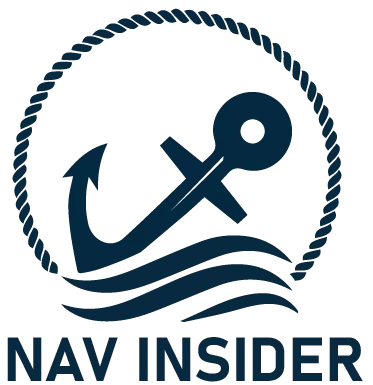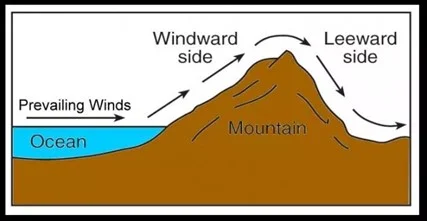Learning Windward and Leeward: How Sailors Tap into the Wind
Throughout the Age of Sail, which continued from the 16th century through to the mid-19th century, wind was the primary power propelling ships across the seas. Mariners during this time needed to master how to utilize the wind to advance their ships safely and efficiently across immense and oftentimes uncharted seas. Perhaps most crucial of all was learning to comprehend the wind’s direction and how it impacted their vessel.
Windward and Leeward: The Basics
Windward: This is the side of the ship facing into the wind—the direction the wind is coming from. Think of it like walking against a strong current; it’s the “upwind” side.
Leeward: This is the opposite side, sheltered from the wind and facing away from where it’s coming. It’s like going downstream with the current.
For example: Let’s say your boat is heading north and the wind is blowing from the east. The boat’s starboard (right) side is the windward side, and the port side is the leeward side. The port side is the windward side if the boat turns south while the wind is still coming from the east.
The Significance of Windward and Leeward Navigation for Ships: More wind pressure and resistance are experienced by the windward side, which affects the ship’s steering direction and stability.. The leeward side is quieter and protected.
Safety: During storms or strong winds, sailors tend to remain on the leeward side to prevent being struck by severe winds and waves. Certain activities such as loading or unloading cargo can be suspended if they are being carried out on the windward side in inclement weather.
Performance: Wind may assist or hinder the ship. Tailwind (wind behind) increases speed, but headwind (wind in front) decreases ease of sailing forward.
⛵ Sailing Simplified: Everything You Should Know About Windward and Leeward
When you sail, windward and leeward are important to know in order to control the boat and be safe. Here’s what to keep in mind:
Tacking: It’s not always possible to sail straight ahead when the wind is blowing directly at your vessel. Tacking is a technique used by sailors to turn the boat’s bow through the wind, causing the wind to shift from side to side. To keep going forward is like zigzagging against the wind.
Right of Way: In order to avoid collisions, the international sailing rules, also called the COLREGs, state the following:
When two sailing boats are on opposite tacks, the boat that has the wind on its starboard side has the right of way. The ship with the port side wind ought to give way.
If both boats have the wind on the same side, the boat closer to the wind (windward) must give way to the boat farther from the wind (leeward). This means the leeward boat has priority because it’s harder for the windward boat to maneuver.
Heeling: The pressure created by wind on the sails of a boat, causes the boat to lean or heeling over to the leeward. The leeward side sinks into the water while affecting how the boat balances and how fast it moves.
Why these ideas are still relevant
Even today, with motor boats, electric engines and advanced navigational instruments, having an understanding of leeward and windward is important knowledge for the OOW, to make well-reasoned choices, to keep the crew safe in rough weather, and to maintain and maximize the boat’s performance while on the water.
A skill for every mariner in every age, the idea of using the natural forces of the wind is a skill for all sailors, for any type of vessel from a traditional wooden boat to a modern merchant ship


